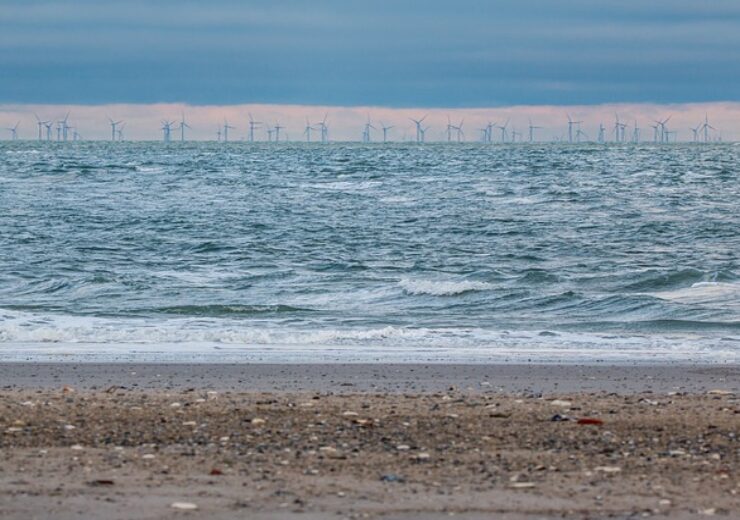First phase of the project will have a capacity of 800MW and the total capacity will be about 2.5GW

The project is expected to generate $2bn in economic impact between 2021 and 2030. (Credit: A_Different_Perspective from Pixabay)
Avangrid Renewables has submitted a Construction and Operations Plan (COP) to the federal Bureau of Ocean Energy Management (BOEM) for the Kitty Hawk offshore wind project.
The company, a subsidiary of AVANGRID and part of the Iberdrola Group, has submitted the plan for the first phase of the offshore wind project.
An economic impact study (EIS) that was done by the Public Strategy Group is also included in the COP. The EIS findings estimate substantial economic and employment benefits from the construction of the project’s multiple phases between 2021 and 2030.
Avangrid Renewables’ US offshore wind head Bill White said: “We’re proud to be the first to submit a federal permit for a commercial scale offshore wind project in Virginia and the Carolinas.
“Kitty Hawk Offshore Wind will deliver clean energy to customers in the region and significant economic benefits and quality jobs for decades to come.”
Construction on Kitty Hawk phase 1 to start in 2024
The construction for the first phase of the project is expected to begin in 2024 and will have a capacity of 800MW.
After the completion of all the phases of construction, the project will have a total generation capacity of 2.5GW, which will be enough to provide electricity to 700,000 homes.
The project is expected to generate $2bn in economic impact between 2021 and 2030.
It is also anticipated to create approximately 800 jobs in Virginia and North Carolina.
In February, Avangrid Renewables has commissioned the 307MW Karankawa wind farm, located in the US state of Texas.
Located in San Patricio and Bee counties in south Texas, the wind farm is powered by 124 of GE’s wind turbines ranging in capacity between 2.3 and 2.52 MW, with a total capacity of 307.06MW.
